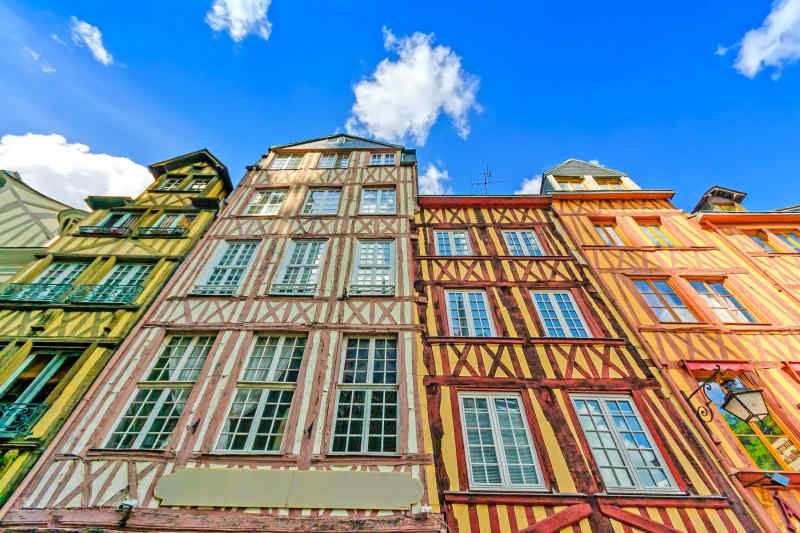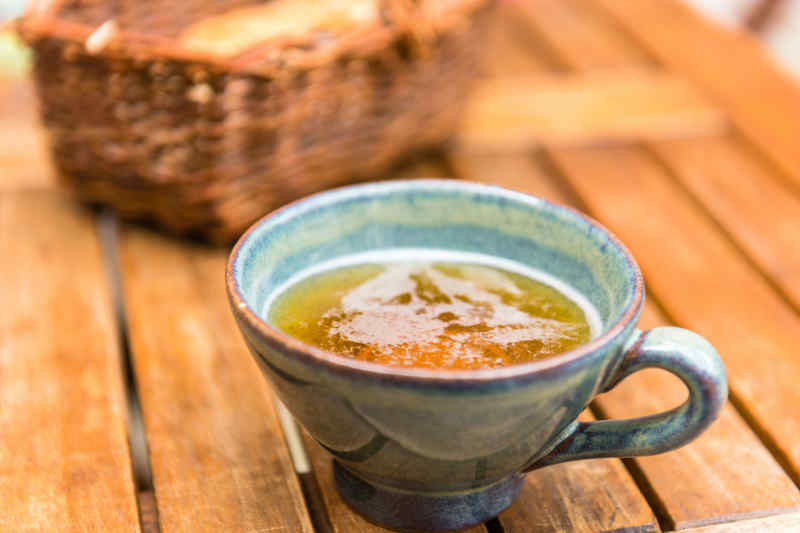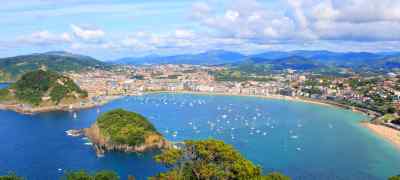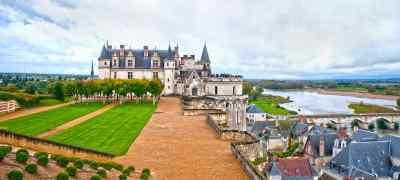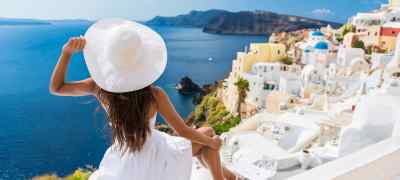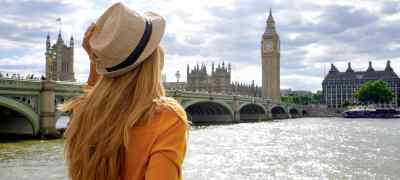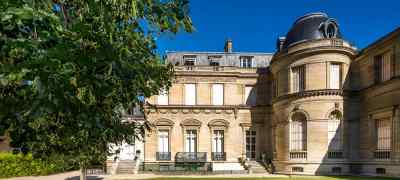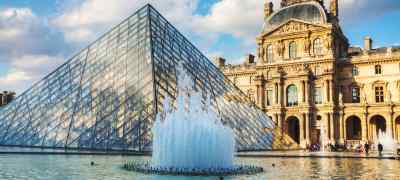By Briana Seftel
The Normandy region of France, with its 360-miles of coastline, World War II landing beaches, dairy farms and pretty fishing ports, is the perfect accompaniment to Paris or a destination on its own. Discover Normandy with this helpful guide!
What to Know
A region in northwestern France bordering the Atlantic Ocean, Normandy is known for its rugged beauty and storied history. From the English invasion in 1066 to the D-Day landings in 1944, Normandy has played an important role in the fabric of Europe.
Drawing visitors for its historic landmarks and stunning sea cliffs, Normandy has plenty more to offer visitors. Indulge in its delicious cuisine, which relies heavily on butter and cream, and discover the places that inspired artists like Claude Monet and Eugène Boudin.
When to Go
Most travelers arrive in July and August, when the beaches of the Côte Fleurie are a popular respite from Paris. Concerts are held every night at Mont Saint-Michel, while the anniversary of D-Day is commemorated yearly on Jun 6. Deauville is a popular destination in late summer, when the city hosts the Grand Prix horse races in August and the American Film Festival in September. If you’d like to avoid the crowds, travel in late spring or early autumn.
How to Get Around
Normandy is a big region, so the easiest way to get around is by car. Public transportation is an option, with bus routes from both Rouen and Caen. Bus Verts serve the lower Normandy coast, with special services to tour the D-Day beaches. Trains connect the major towns including Rouen, Dieppe and Le Havre, while trains between Cherbourg and Paris stop at Bayeux and Caen. Unless you're sticking to major towns, visiting Normandy by train or bus can be frustrating.
Where to Eat
Famous for cheese and apples, Normandy cuisine is both heavenly rich and incredibly fresh. With dairy farms dotting the countryside, you’ll find lots of butter and cream in the region's dishes. To accompany your meal, try a local cider or Calvados, an apple brandy. Below are just a few of our favorite places to eat in the region.
- Café de Paris 40 Quai Caligny, 50100 Cherbourg-Octeville Phone: +33 2 33 43 12 36
- Restaurant Gill, Rouen 8-9, Quai de la Bourse, 76000 Rouen Phone: +33 2 35 71 16 14
- Le Melting Pot - cherbourg 17 Rue du Port, 50100 Cherbourg-Octeville Phone: +33 2 33 01 24 09
- Augusto Chez Laurent 27 Rue Désiré le Hoc, 14800 Deauville Phone: +33 2 31 88 34 49
- Pays du Bessin Quai Félix Faure, 14520 Port-en-Bessin-Huppain Phone: +33 6 13 31 02 36
- La Mère Poulard Grande Rue, 50170 Le Mont-Saint-Michel Phone: +33 2 33 89 68 68
- La Cidrerie 26 Place Hamelin, 14600 Honfleur Phone: +33 2 31 89 59 85
- La Petite Auberge 32 Rue de Sainte-Adresse, 76600 Le Havre Phone: +33 2 35 46 27 32
Must-See Cities & Towns
Rouen
Known as the gateway to Normandy, the regional capital of Rouen makes the perfect starting point to a Normandy vacation. Famous as the place where military leader and Catholic saint Joan of Arc was burned at the stake in 1431, today Rouen wears its history proudly on its sleeve. Stroll past lovely half-timbered houses, get a glimpse of the Renaissance clock and admire the beautiful cathedral.
Honfleur
One of France's prettiest port towns, Honfleur delights visitors with its snug harbor, timber houses and fresh seafood. Located where the Seine river meets the English Channel, Honfleur was an important trading port with England during the 12th century. Take a stroll around Le Vieux Bassin (Old Harbor) or get lost in its tiny streets. It’s worth a quick visit to St. Catherine’s Church, France’s largest timber-built cathedral.
Caen
Lying close to the D-Day Beaches, Caen has been a historically important city since the Middle Ages. The city is known for the 11th-century castle built by William the Conqueror, dual ancient abbeys and memorial museum devoted to World War II, Battle of Normandy and the Cold War.
Étretat
With its striking white chalk cliffs and natural arches, it’s no wonder people compare Étretat to England’s Cliffs of Dover. This seaside town has plenty to offer aside from its cliffs including a cathedral, wooden covered market and Le Clos Lupin, a typical old villa. The natural beauty of Étretat attracted Impressionist painters like Eugène Boudin, Gustave Courbet and Claude Monet.
Giverny
Just 50 miles from Paris, Giverny is world famous as the home of French impressionist Claude Monet, who lived and worked here until his death in 1926. From April to October, visitors can stroll past the lily pond, Japanese bridge and weeping willows that made Monet’s paintings so dreamy. If you plan on visiting in winter, head to the Museum of the Impressionists located just 200 yards from Monet’s home and gardens.
Deauville
Known as the “Riviera” of the north, Deauville is a seaside resort on the Côte Fleurie (the flowered coast). An upscale destination since the 1800s, Deauville is known for its grand casino, 1920s boardwalk and colorful bathing houses and golf courses.
Top Attractions
Mont Saint-Michel
Dating back to A.D. 708, the island monastery of Mont Saint-Michel is the second most visited place in France after the Eiffel Tower. Bordering the Normandy-Brittany border, Mont Saint-Michel was a major European pilgrimage destination for centuries. Spend a few hours exploring the 11th-century Romanesque abbey, winding through its narrow streets and enjoying a coffee at a charming cafe. For the ultimate photo, it is best to visit at high tide.
D-Day Beaches
Stretching for 60 miles along the Atlantic coast, the five D-Day Beaches - codenamed Sword, Juno, Gold, Omaha and Utah - made history on June 6, 1944 as the largest military landing in history. Here, more than 6000 ships and boats carrying 135,000 Allied troops poured onto the beaches, thus beginning the Battle of Normandy. Spend at least one full day exploring the beaches, memorials and cemetery honoring the lives lost on that fateful day.
WWII Normandy American Cemetery
One of the most iconic photos of Normandy is the rows upon rows of white marble crosses at the American Cemetery in Colleville-sur-Mer. Covering 172 acres, the cemetery contains the graves of 9,385 American soldiers, most who lost their lives during the D-Day landing.
Rouen Cathedral
Immortalized in Monet’s paintings, Rouen Cathedral stands majestically over the city. Constructed between the 12th and 14th centuries, the Gothic cathedral contains a wealth of art and history under its lofty spires. Entry is free, and the cathedral is open every day except when closed for mass.
Bayeux Tapestry
The 230-foot long Bayeux Tapestry is a world famous masterpiece of embroidery whose vivid scenes depict the epic tale of William the Conqueror and the Battle of Hastings. Crafted in the 11th century, the tapestry now hangs proudly in a museum in the city of Bayeux.
Tips and Tricks
Most of the butter in France hails from Normandy; spread it on a baguette or enjoy it in sole meunière, a classic French fish dish of sole pan fried in butter and lemon.
Cider fans shouldn’t miss the Fête du Cidre (Cider Festival), an annual fall festival in the village of Beuvron-en-Auge.
Halfway between Dieppe and Le Havre is the Chêne d'Allouville, one of France's oldest and most enchanting trees!
Fashion fans can visit the Christian Dior museum in Granville. The famous designer was born in the small Normandy town in 1905.

